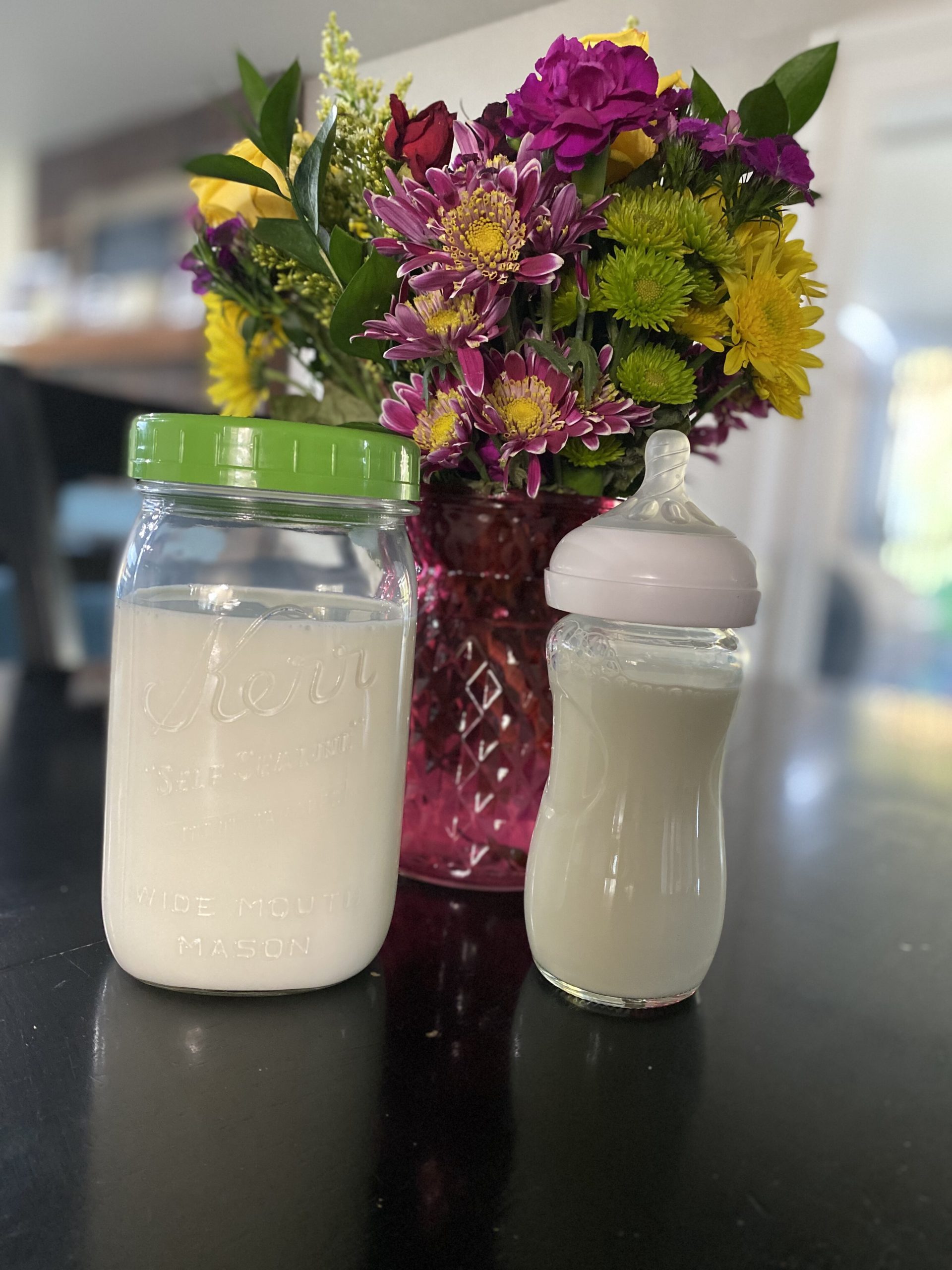
Are you a breastfeeding momma and trying to find a more simple way of storing your breast milk? The pitcher method may be the perfect technique for you.
This article was reviewed by Nicole Borroff a registered dietitian nutritionist and certified lactation consultant.
This article is for informational purposes only and does not provide medical advice or recommendations. You should always seek the care of a medical professional or qualified healthcare provider for recommendations, questions, diagnosis, and treatment. Never delay seeing your healthcare provider if you have questions or concerns about your health as the material provided on this website is for informational purposes only. This article may contain affiliate links. By clicking a link we may receive a small commission at no cost to you. Please see our privacy policy and Disclosure for more details.
What is the Pitcher Method?
Generally speaking, the pitcher method is the process of storing freshly expressed breast milk throughout the day and putting it in one container.
When the day is over, mix breast milk and pour the breast milk from the pitcher or container into bottles for the following day. It is normal for the fat to separate and raise to the top while sitting in the container. This is normal! This happens because breast milk is non-homogenized.
TIP: Always mix your breast milk before pouring it into your bottles or breast milk storage bags. If needed use a spatula to get off the fat that sticks to the sides of the container.
If you are a working mother you can still use the pitcher method. It is a little more complicated depending on the refrigerator or freezer space you have available as well as the time you have to pour your cooled milk into your container.
There is one product on the market that makes the pitcher method seamless for working mothers called Ceres Chill. The Ceres Chill stores breast milk from multiple pumping sessions and keeps it cold all day long.
What do I need for the Pitcher Method?
The pitcher method is fairly simple and you only need a couple of items to get started. In general you will need a breast pump with appropriate parts and a container to hold your milk collected during the day.
Container
A large container to hold the milk collected in the fridge is necessary for the pitcher method. When looking for a plastic container or pitcher make sure it is made with food-grade plastic that is BPA-free. It is best to have a pitcher with a cap to protect it from bacteria and food falling into it from the fridge.

Glass containers like a large mason jar are another great option to hold your milk in. Make sure the mason jar has a cap and lid. I love these mason jars because they have a lid with a spout. This makes it easy to pour your milk into bottles without spilling. I would recommend a 32 oz or a 64 oz mason jar to store your milk in. Size is dependent on how much milk you produce in a day.

There is no normal range of how much breastmilk a mother can produce in a 24 hour period. In general breastmilk varies from mother to mother and differs per baby. For example some mothers produce more fat but less volume of breastmilk. There are too many factors that go into milk production to give us a “normal number”. The average baby typically consumes 24-34 ounces in 24 hours. Ultimately try and find a container that can hold all of your milk in a 24 hour period.
TIP: Using a glass container is better than a plastic one because glass does not leach out toxic chemicals into your breast milk. Fat in the milk is less likely to stick to glass than plastic, therefore it is easier to get out all of the nutrients from a glass container.
Pitcher Method Pros and Cons
As with any technique or method, there are always pros and cons.
Pros:
- Allows for more room in your fridge by using one large container to store breastmilk
- It makes breast milk storage simple in that you don’t have to be as meticulous on labeling because you know your one container of pumped breast milk is of that SAME day.
- It is obvious how much fresh milk you should freeze at the end of each day.
- Breast milk is balanced in terms of caloric intake due to the mixing of hindmilk and foremilk that was collected in 24 hours.
- Less washing, cleaning, and sterilizing due to using one pitcher to store breast milk
Cons:
- Because you are pooling milk, it is recommended that the freshly pumped milk is cooled before mixing it with the cold breast milk in the pitcher. This creates a bit of a wait time before mixing.
- If you break your pitcher or accidentally knock it over you just lost all of your collected milk.
- If you want to separate expressed milk that was pumped in the morning from the milk pumped at night you will not be able to do that with this method.
TIP: If you have extra breast milk at the end of the day rather than throw away that liquid gold store it in your freezer. This will help you accumulate milk for your freezer stash.
Is the Pitcher Method Safe?
The pitcher method is safe as long as you follow the recommendations given for safe breast milk handling and storage.
- Always wash your hands before handling breast milk
- Cool freshly pumped milk in the refrigerator before putting it in your pitcher
- Freeze milk that isn’t used within 24 hours of when expressed
- Wash and sterilize the pitcher after you fill up your bottles for the next day.

Pitcher Method Alternatives
The pitcher method is typically used because it is simple and convenient for mothers. It is not necessarily better than other methods of storing breastmilk.
Another popular way of storing breast milk is after each pumping session putting that breast milk in its breast milk storage bag. Each bag should be labeled with the date it was expressed. The bag should go into the fridge or the freezer depending on when you need to use it.
How Long Can You Store Breast Milk For?
The CDC recommends freshly expressed breast milk at room temperature be used within 4 hours. if your baby does not finish its bottle, discard the milk after 2 hours of use. Nicole Borroff and RDN and CLC recommend that parents and caregivers should discard the baby’s bottle within 1 hour after using it. This is because sometimes the amylase begins to break down the milk and can lead to bacteria growth quickly. Freshly pumped breast milk that has been in the refrigerator should be used within 4 days and if put in the freezer should be used within 6 months.
I recommend that parents and caregivers should discard the baby’s bottle within 1 hour after using it. This is because sometimes the amylase begins to break down the milk and can lead to bacteria growth quickly.
Nicole Borroff, RDN, CLC
Breast Milk that was pulled from the freezer and placed in the fridge to be thawed should be used within 24 hours after being thawed. Don’t refreeze previously frozen breast milk.
TIP: Never thaw or warm up breast milk in the microwave. It can create “hot spots” in the milk which can burn your baby’s mouth. It also kills the good bacteria in breast milk.
Pitcher Method Wrap-Up
The pitcher method involves collecting breast milk from different pumping sessions within a 24-hour period and mixing it in one container. It allows for simplicity in terms of storing breast milk, allows you to easily identify what milk needs to be frozen, and ultimately saves breastfeeding mothers time.
If done correctly, using the pitcher method is a safe and effective way of storing expressed or pumped breast milk.
Ultimately, the way breastfeeding mothers store their breastmilk is completely up to them.
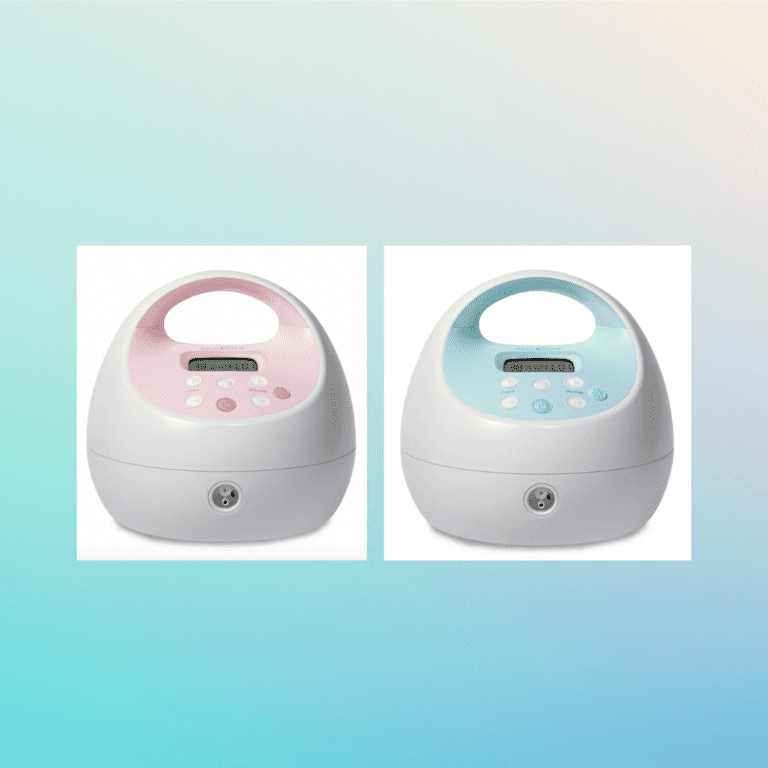
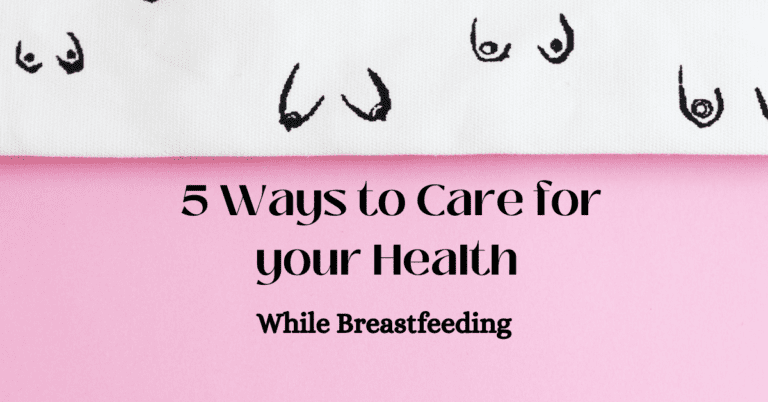

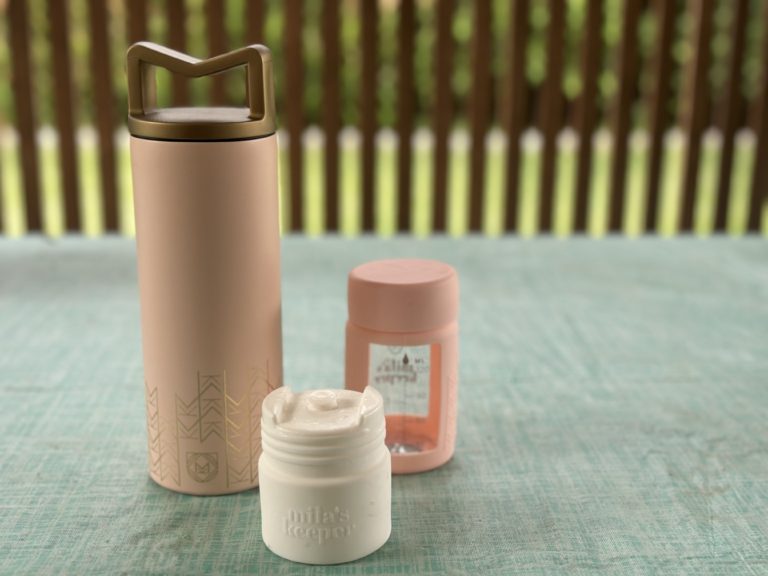
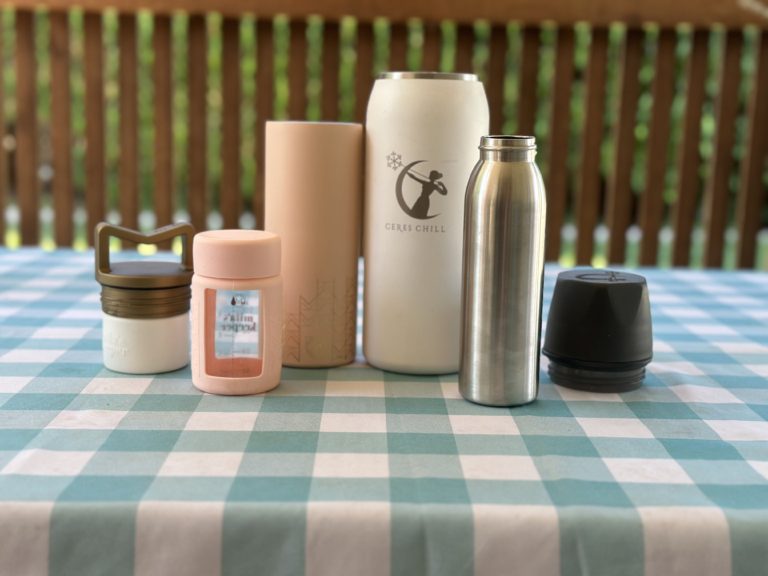
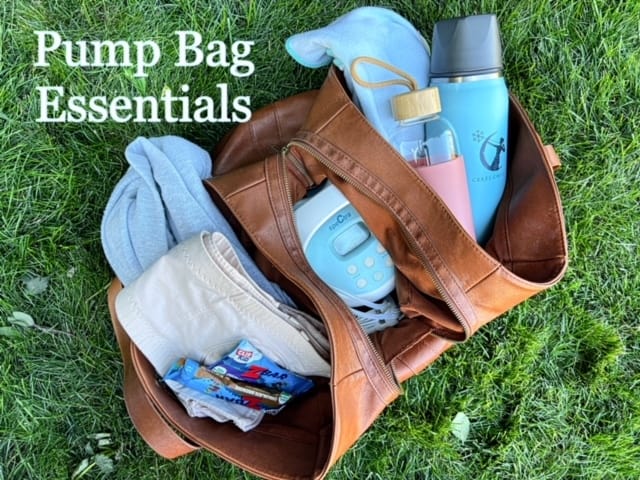
One Comment
Comments are closed.